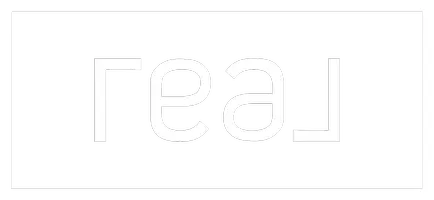Phase 2 of Wildfire Cleanup in the Palisades and Eaton Fire Burn Areas: What Homeowners Need to Know
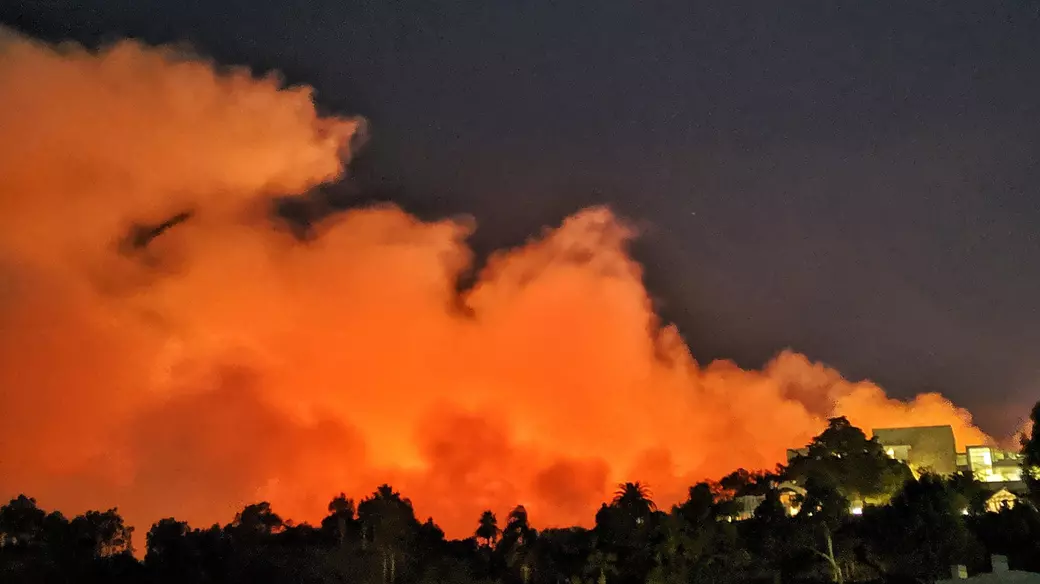
As recovery efforts continue in the aftermath of the Palisades and Eaton fires, Phase 2 of wildfire cleanup is now underway. This critical phase will focus on the removal of fire-damaged structures, paving the way for rebuilding and restoration in the affected areas. If your property was impacted, here’s what you need to know about the cleanup process, the fate of removed materials, and the next steps for property owners.
Recap of Phase 1 Cleanup
Phase 1 of wildfire cleanup was dedicated to removing hazardous materials that posed an immediate environmental or health risk. This included household hazardous waste (HHW) such as propane tanks, asbestos-containing materials, pesticides, and other toxic substances. The goal was to create a safe foundation for further debris removal without additional risks to residents, cleanup crews, or surrounding ecosystems.
What to Expect in Phase 2
Phase 2 is now in motion, focusing on the removal of fire-damaged structures, including:
-
Burned-out homes and buildings
-
Concrete foundations deemed unsafe for rebuilding
-
Ash and debris from destroyed properties
-
Damaged trees and vegetation that pose hazards
Cleanup crews will carefully assess each property and coordinate debris removal, ensuring compliance with environmental regulations. The goal is to prepare the land for future development while minimizing the impact on surrounding communities.
Where Will the Removed Materials Go?
Once debris is cleared, materials will be transported to designated facilities for processing:
-
Non-hazardous ash and debris will be taken to approved landfills for safe disposal.
-
Concrete and metals will be sorted and, where possible, recycled for use in infrastructure projects.
-
Organic materials such as trees and brush will be repurposed as mulch or biomass fuel.
How This Affects Homeowners & Next Steps
For homeowners, this phase of cleanup marks a significant turning point. With debris removal completed, rebuilding can begin. However, navigating this process can be overwhelming. Here’s what you should do next:
-
Verify Cleanup Eligibility: Ensure your property is included in the government-led cleanup efforts. If you’re unsure, contact local officials for clarification.
-
Review Property Conditions: Once debris is cleared, request a site inspection to assess soil stability and determine if additional remediation is needed.
-
Understand Rebuilding Guidelines: Check with local building authorities for updated zoning, fire-resistant construction recommendations, and permit requirements.
-
Consult with Experts: Connect with a real estate professional to explore your options—whether that means rebuilding, selling, or repurposing your land.
Need Guidance? I’m Here to Help.
If you or someone you know needs support navigating the recovery process—whether it’s understanding rebuilding options, assessing property value post-fire, or selling land—reach out to me. I specialize in helping homeowners and landowners affected by natural disasters find the best path forward.
Contact me today to discuss your options and take the next steps toward recovery.
Categories
Recent Posts


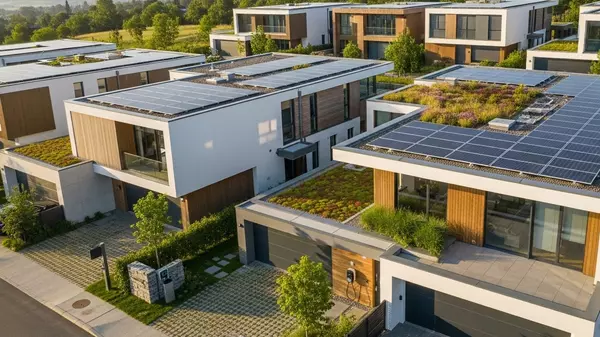
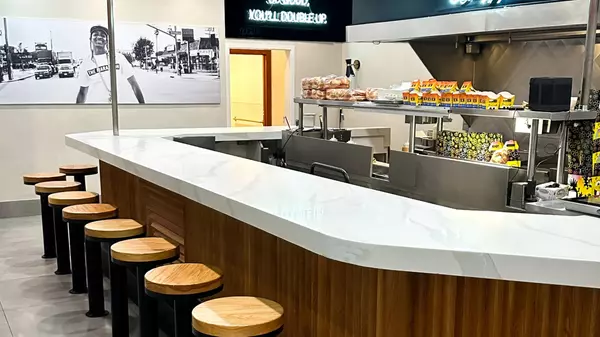
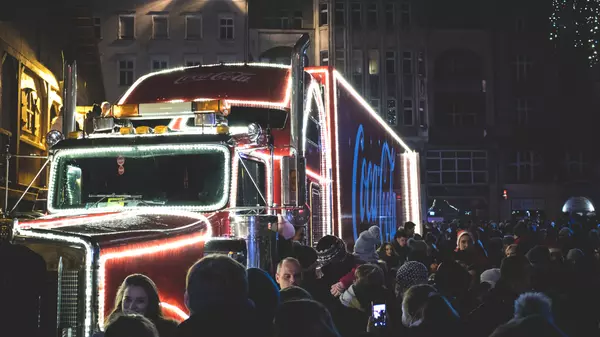

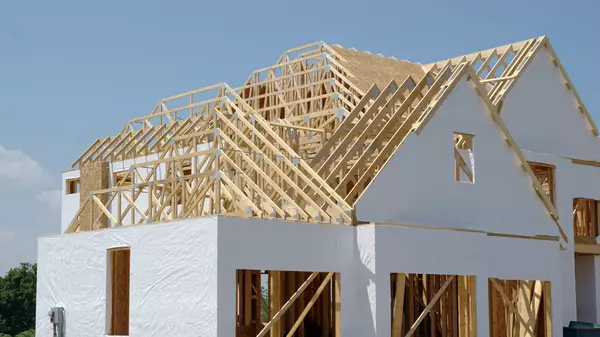
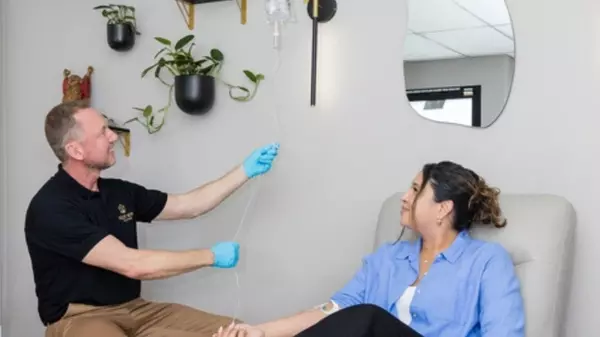

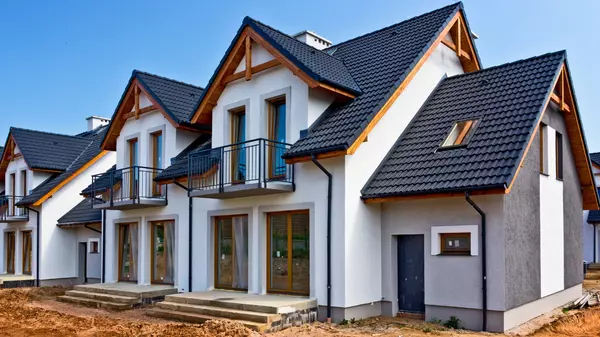
GET MORE INFORMATION


